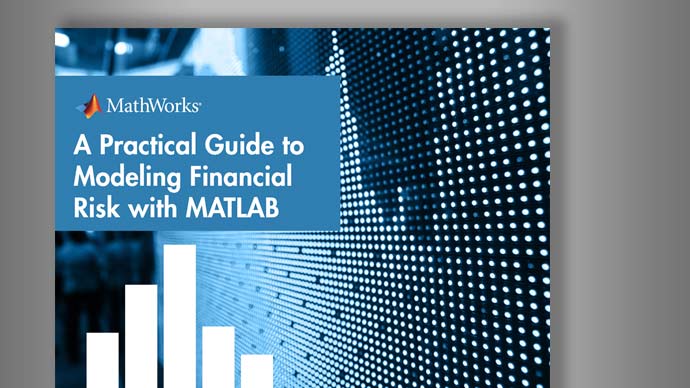simulate
Monte Carlo simulation of conditional variance models
Description
V= simulate(Mdl,numObs,Name,Value)Name,Valuepair arguments. For example, you can generate multiple sample paths or specify presample innovation paths.
Examples
Input Arguments
Output Arguments
References
[1] Bollerslev, T. “Generalized Autoregressive Conditional Heteroskedasticity.”Journal of Econometrics. Vol. 31, 1986, pp. 307–327.
[2] Bollerslev, T. “A Conditionally Heteroskedastic Time Series Model for Speculative Prices and Rates of Return.”The Review of Economics and Statistics. Vol. 69, 1987, pp. 542–547.
[3] Box, G. E. P., G. M. Jenkins, and G. C. Reinsel.Time Series Analysis: Forecasting and Control. 3rd ed. Englewood Cliffs, NJ: Prentice Hall, 1994.
[4] Enders, W.Applied Econometric Time Series. Hoboken, NJ: John Wiley & Sons, 1995.
[5] Engle, R. F. “Autoregressive Conditional Heteroskedasticity with Estimates of the Variance of United Kingdom Inflation.”Econometrica. Vol. 50, 1982, pp. 987–1007.
[6] Glosten l R, R . Jagannathan和d . e . Runkle. “On the Relation between the Expected Value and the Volatility of the Nominal Excess Return on Stocks.”The Journal of Finance. Vol. 48, No. 5, 1993, pp. 1779–1801.
[7] Hamilton, J. D.Time Series Analysis. Princeton, NJ: Princeton University Press, 1994.
[8] Nelson, D. B. “Conditional Heteroskedasticity in Asset Returns: A New Approach.”Econometrica. Vol. 59, 1991, pp. 347–370.








